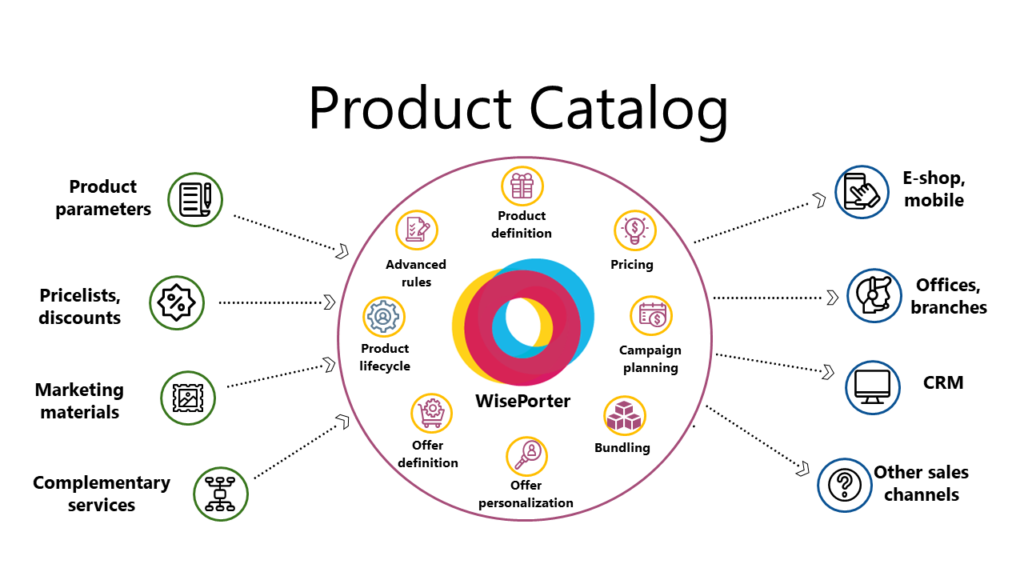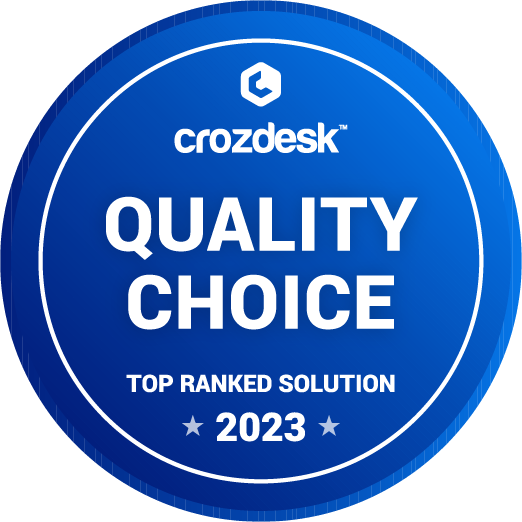PIM, Part 1: What is a Smart Product Catalog (PIM) and what are its benefits
We have decided to start discussing the Product Catalog from the very beginning.
We have been supplying companies with the Smart Product Catalog for several years now and we are becoming aware that most people don’t have an inkling as to what it actually means. For a lot of people, a product catalog still is a printed book with pictures of furniture and smiling children. Moreover, a lot of companies invest immense efforts into new sales channels (primarily on-line) and do not think at all they actually need any product catalog. However, the result is unsatisfactory, to say the least.
Let’s start with the basics today.
Smart Product Catalog belongs in the broad category of software systems called Product Information Management (or PIM). It is a specialized information system intended for the management of product information. The goal is to make the sale of products simpler.
A “product” needs to be understood in the widest sense possible – it may be a loaf of bread, a fridge or a TV set but also a car insurance, a holiday at the seaside, a consultation with a doctor or delivery of a package. Goods or services – simply anything which can be clearly described and offered on the market.
The easiest way to illustrate the use of a catalog is an e-shop. A catalog simply contains the description of everything that the e-shop sells. But this really is just the beginning, the simplest use possible. A smart product catalog has a vast potential for application in much more complicated fields such as banks, telecommunications or energy sectors. These businesses also have their products which they offer through various channels to their customers. We’ll get to them later after we have discussed the basic concepts.

So, what is a product catalog actually good for? Basically, its function is to tell other systems what products we offer and what their characteristics and prices are. So yes, its contents are in principle the same as those of a printed product catalog with pictures of smiling children … but there are considerable differences:
- A Smart Product Catalog provides data interfaces (APIs) of two types – input and output. Through the input APIs it collects information from the production systems, storage systems, ERP or suppliers. Another input channel is of course the user interface for manual input of information not available in the other systems – such as price calculation formulas.
Through the output APIs the catalog sends an aggregate of this information to various sales channels – an e-shop, a call center, distributors or agents who sell the goods personally. This is why a catalog is often referred to as the “single source of truth” for all these channels. Thanks to the catalog any change in a product offer may be made very quickly in one place and reliably passed onto all sales channels. - The catalog information must in the first place be made available quickly. Why? Because customers do not like to wait! For e-shop purchases an expected response time is less than a second. Wholesale customers expect to receive a complete product offer portfolio in a few minutes. Speed is of the essence. And because these days none of us is able to predict how the on-line sales volumes will change in a year, speed goes hand in hand with scalability.
- From the previous paragraphs another essential characteristic of a Smart Product Catalog follows – it is dynamic. The catalog information is in a constant state of change. New products appear on offer while the old ones disappear. This brings interesting challenges because the placement of new products must be fast and does not allow any space for large IT projects. A catalog must not only enable its users the addition of new products similar to the existing ones but also the addition of totally new product characteristics. Moreover, it has to support the creation of brand new categories of products which we wish to add to our portfolio without having to wait for a long time.
- A Smart Product Catalog is not intended directly for customers. It is a back-office system. It provides information to sales channels – e-shop web pages, internal systems for colleagues at branch offices or on the phone, distributors on their way to their customers, or quote generators. It is an internal system on which all the sales channels depend.
To conclude and summarize: A Smart Product Catalog is a central source of truth for everything that a company offers (goods, services, licenses or other things). It aggregates information from all sources so that it is up-to-date at all times. It provides the same product offer information to all sales channels (a single source of truth). Everybody who wishes to automate their sales procedures needs some form of a product catalog.
Next time we’ll have a closer look at what situations a catalog is needed for and what characteristics a catalog must have.




